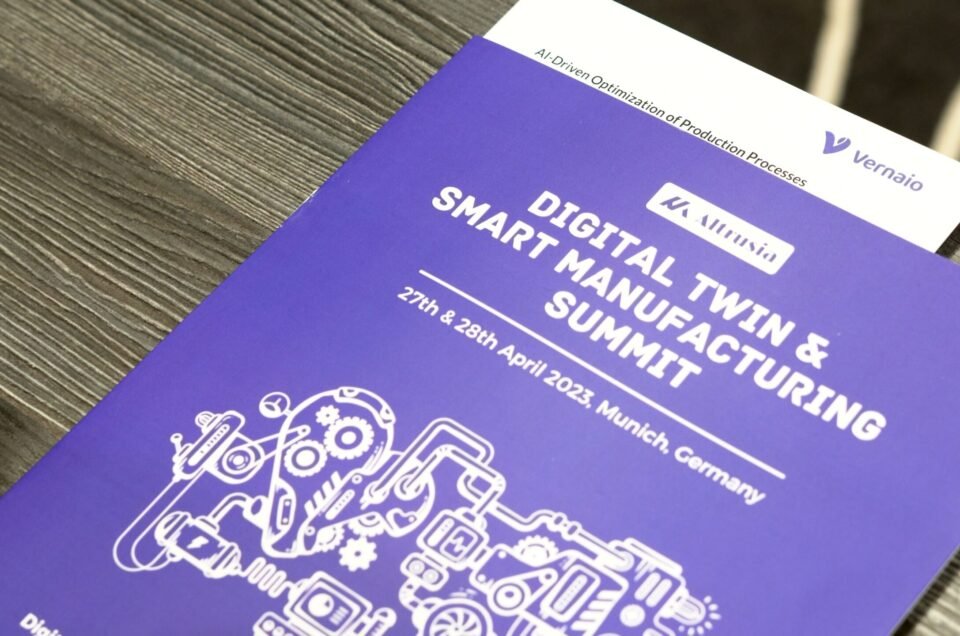Digital twin & Sustainable Manufacturing
Companies are shifting towards environmentally friendly alternatives to conduct their business, as they want to improve their sustainability, which is vital for the planet and businesses. Sustainability is a fundamental approach that most significant businesses employ to enhance their maintenance, operations, and other aspects. Therefore, companies use several methods to achieve these objectives, as it is beneficial for them in the long run to achieve excellence, quality, and profitability. Manufacturers also want to benefit from this innovative idea, as it is beneficial for them in the long term. No doubt, achieving these objectives is not an easy task, as one is correlated to another. Digital twins help to simplify complexity, aiding the company in progressing towards its goals and delivering noticeable results in a short time, as they can quickly take over the entire operation from processing raw material to delivering the final product incorporating digital twin technology will assist in applying sustainability in the majority of these steps.
Manufacturing asset sustenance
Large businesses are constantly ensuring that production chains run smoothly in most circumstances by frequently monitoring their batches to identify and rectify faults and errors to ensure the required quality is achieved. To ensure that these issues do not recur regularly and disrupt the production flow, the maintenance team constantly supervises the health of the machines to ensure they function properly and that the quality and efficiency do not decline. Adding a digital twin takes business sustainability to a higher level, with any-time monitoring, real-time data, and rapid changes and simulations. This helps the maintenance division by removing speculation and providing them with the actual problem that needs to be resolved, thus sustaining the manufacturing asset in the long run.
Carbon Footprint Reduction
Earth is currently facing a crisis in global warming and several other environmental issues, which began during the Industrial Revolution. As we are in the fourth industrial revolution, these problems persist and are constantly increasing daily. Businesses are becoming more complicated as they must now also consider these issues, as they are bound by legal repercussions if they do not adhere to them, which could result in heavy losses for the firm. Digital twin technology removes most of the complexities associated with sustainable manufacturing, from building a prototype to optimizing the use of raw materials, by using virtual design and simulations to help the business minimize the waste of raw materials and compel them to make the best use of the material they have, thus taking a step towards not only sustaining their business but also the environment and reducing the carbon footprint.
Expenditure sustenance
Businesses are constrained by finances as they have to make deliberate decisions when it comes to spending their capital. There are expenses at every stage that must be dealt with. Building a model of the product takes immense effort and time, and requires trial and error to create an impeccable design. Such an excellent product also needs advanced machinery to produce it at the same quality and in high volumes. These elements require a substantial amount of financial support. The Finance Department can benefit from digital twin technology by taking calculated risks from the outset of prototype design, reducing the use of raw materials through virtual creation, and also during the production phase for machine maintenance to utilize previous data and real-time data to examine the health of the machine and make necessary changes to the device or the entire machine. This can result in a significant drop in expenditure for the company, which can be sustained in the long run.
Data Sustainability
Companies generate an abundance of data before setting up a business, and also once the business is established, they generate a large amount of data. This data is utilized in the long run to assess various situations and predict the next course of action to build the company. It is impossible for humans to maintain this information without errors and mistakes, which can create serious issues for the business. Incorporating digital twins into the process can help to reduce errors and mistakes, as it can easily manage any amount of data and analyze it at one’s fingertips, helping businesses to make precise decisions with potential results in different situations and sustain data that can be used at any point in the business.
Stay ahead of innovation with Altrusia’s Global Summits on Conversational AI, Digital Twin, and Smart Manufacturing—where leaders meet, ideas grow, and industries transform.



